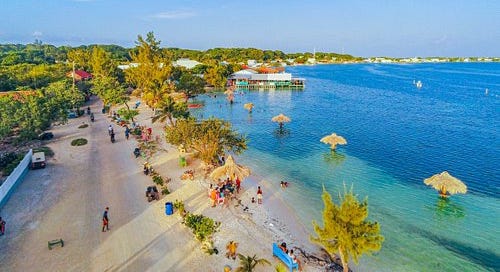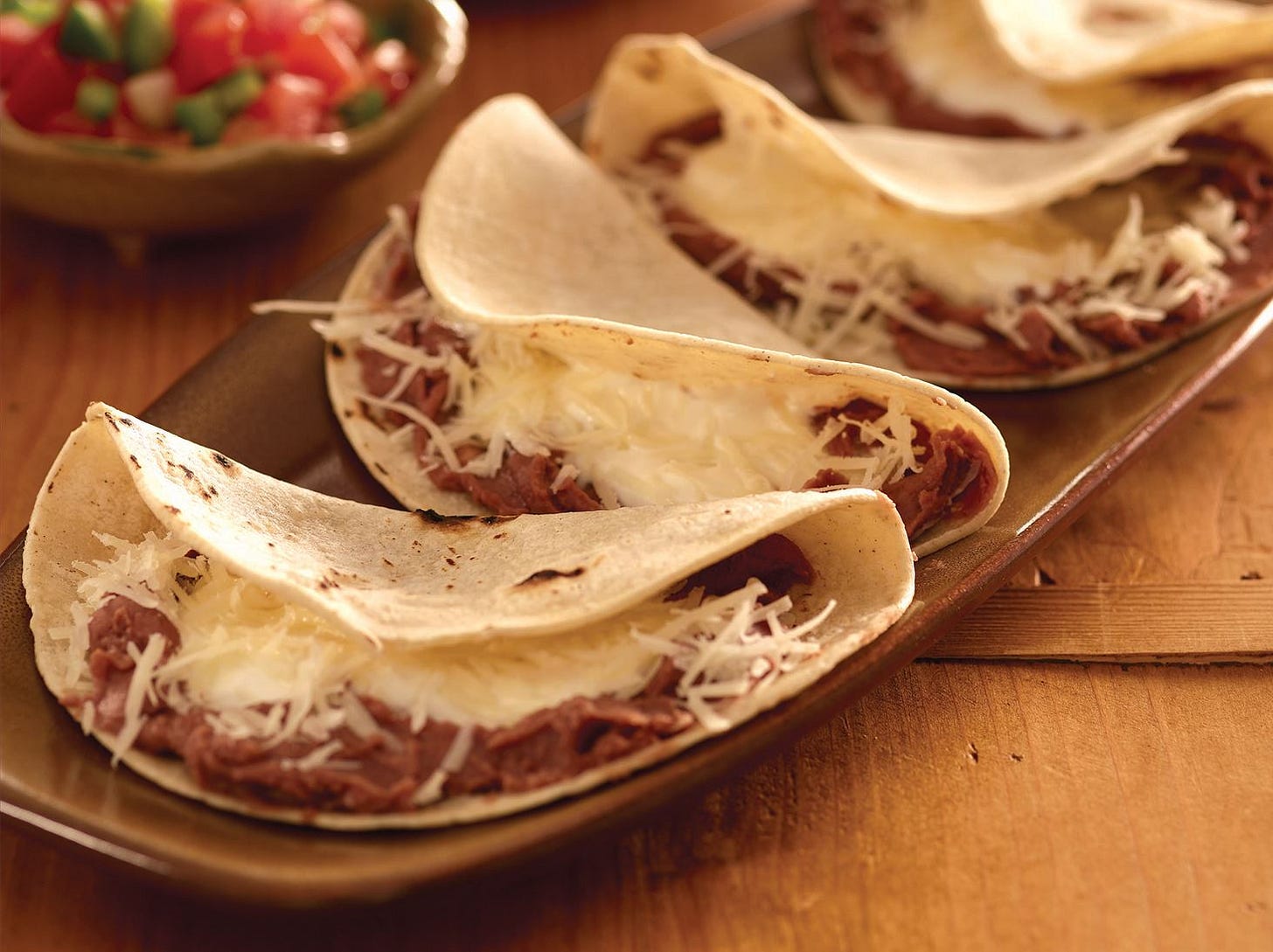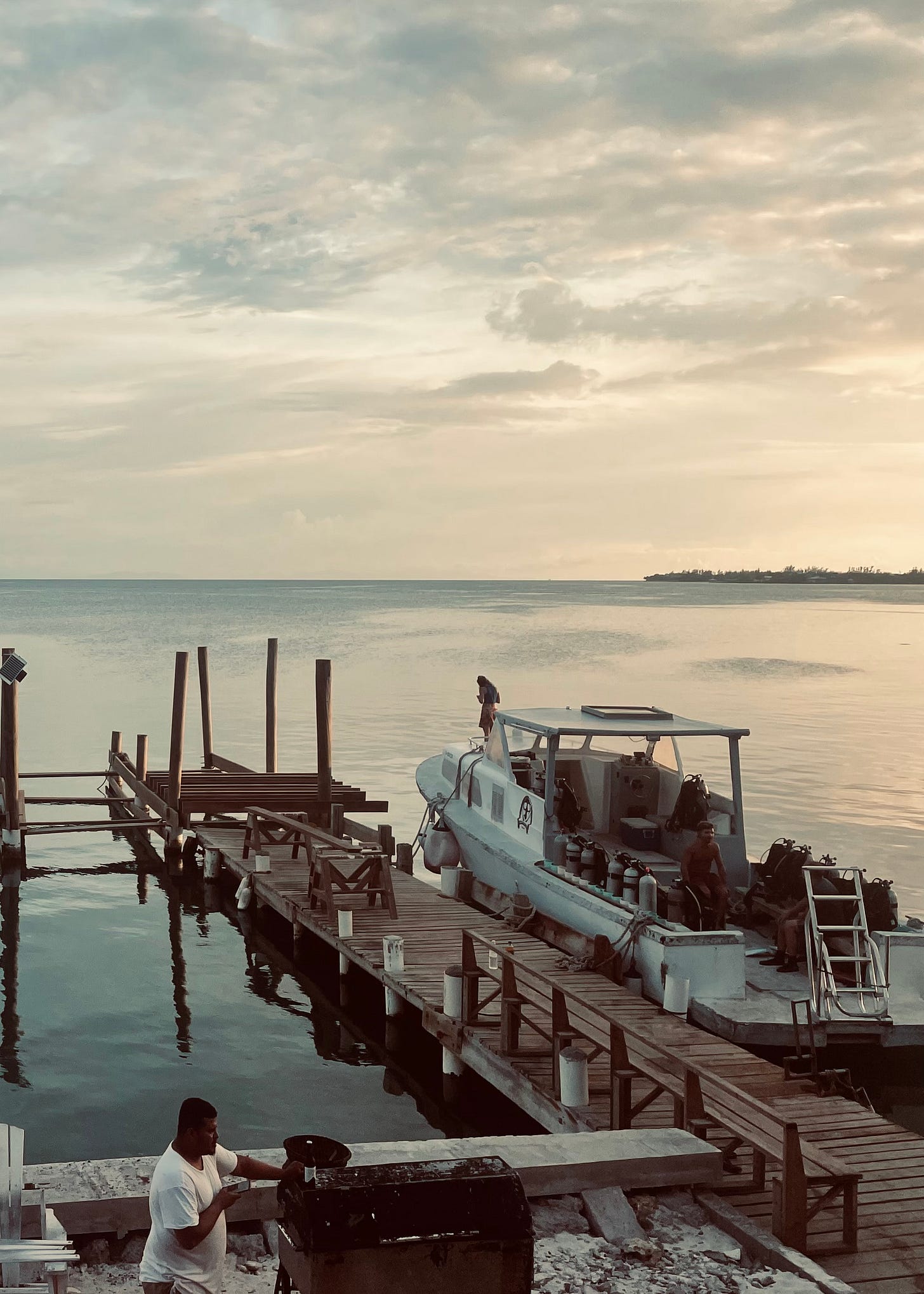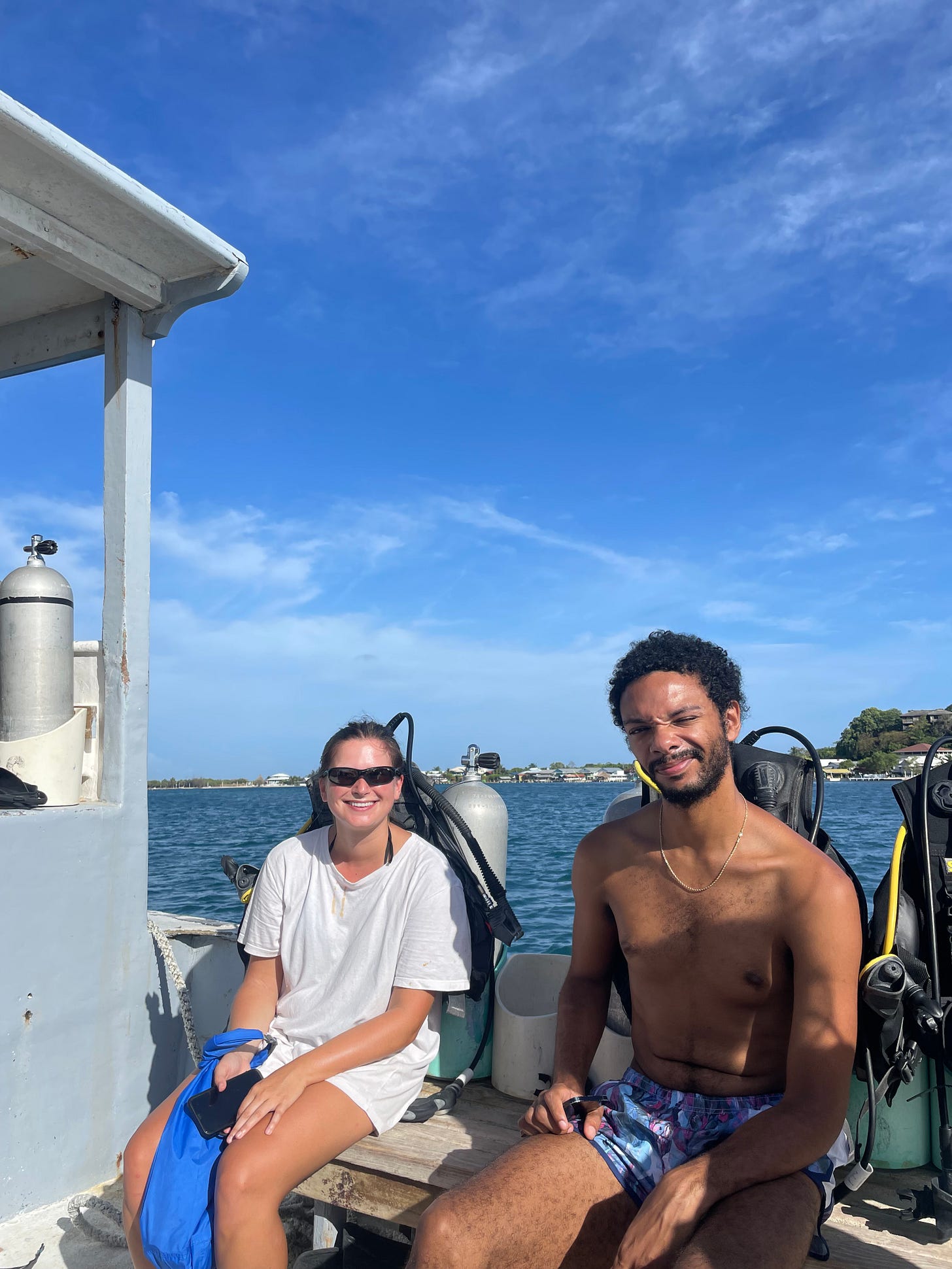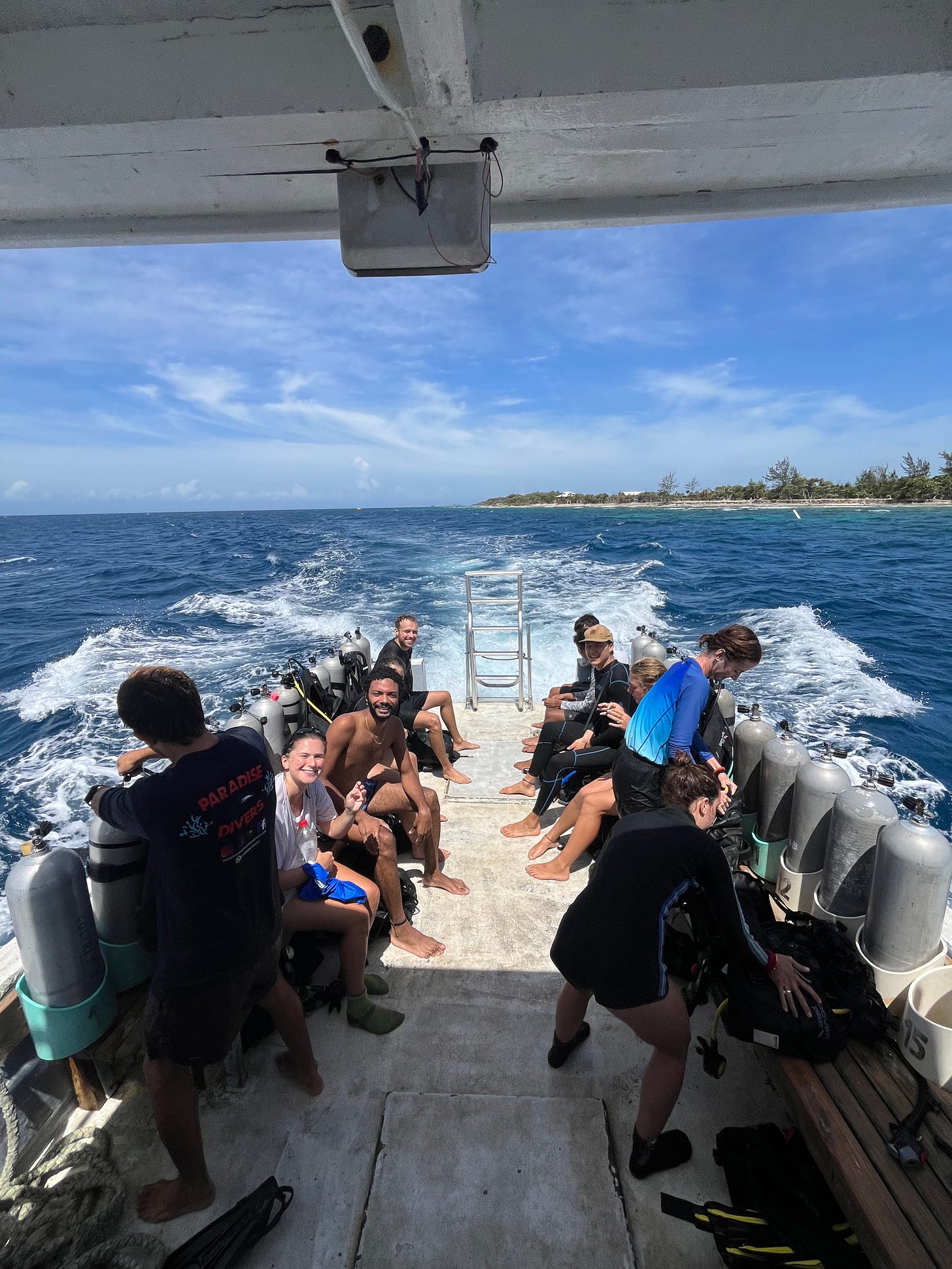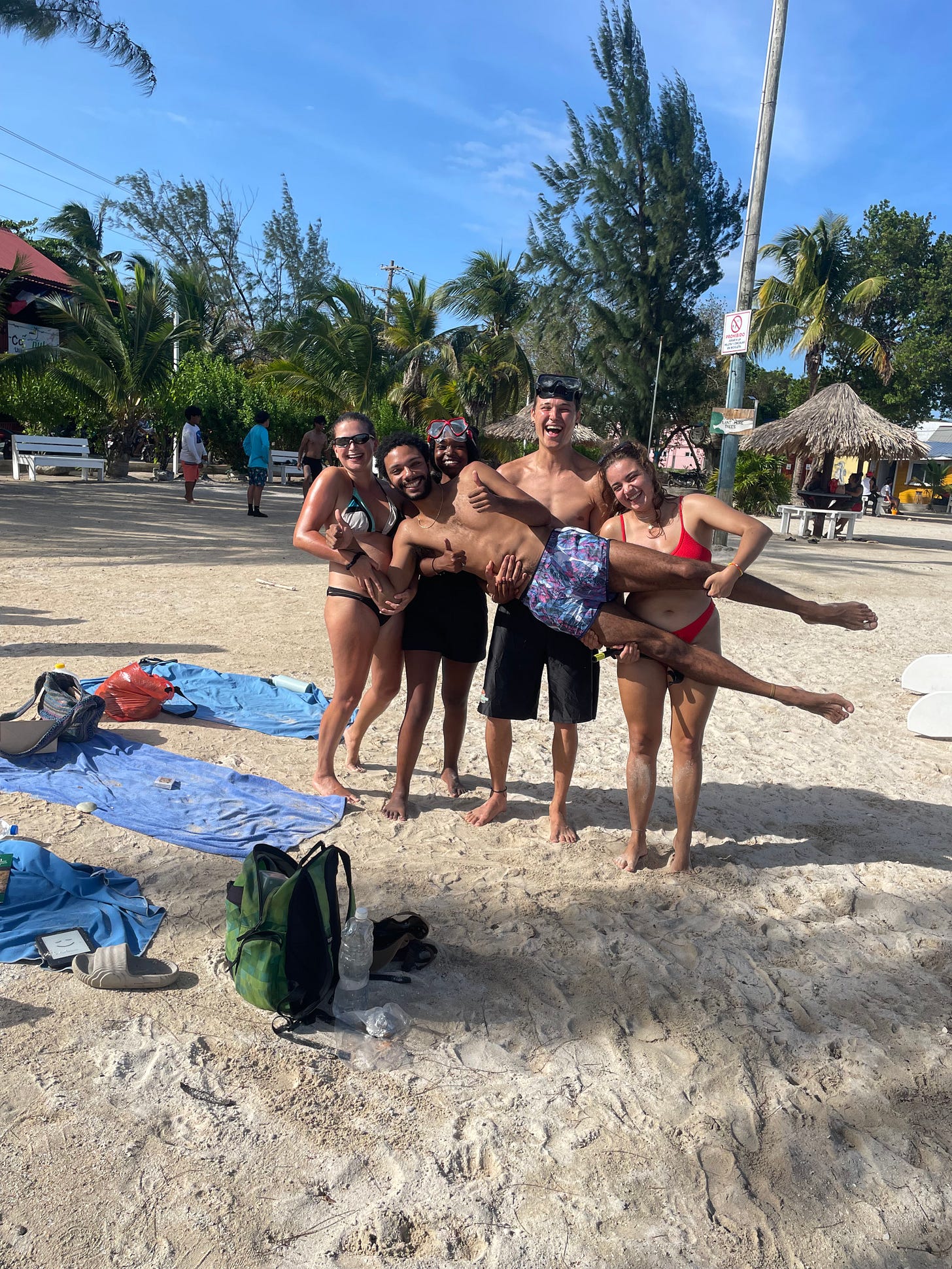It took me almost a year, but I had finally escaped Nicaragua and I was on my way to Honduras, a place I had merely passed through on my way to Nicaragua almost a year prior. I was off to the Caribbean side of the country to go diving on the island of Utila. You see, while in Nicaragua I had grown a fascination with diving while reading one of the many copies of the PADI divers guide that the finca I was staying at acquired over the years. During my time there I also had the opportunity to flesh out my travel plans and take advice from the very few travelers that I have met that actually have gone to Honduras. Before all of the diving was to take place though I made it crucial that I take a trip back to the U.S. for a weekend to take care of certain banking issues and other issues that come up while being abroad for so long. So off to Miami I went. Of course there are certain turmoils that come with being in a country illegally for over half a year. That’s right I was an illegal immigrant working in a foreign country same as the ones you the reader may chastise in your country. I owed a great deal of money when I went through immigration, but after looking at the nice fellow and telling him “ well you can’t keep me here and what if I just never come back” he let me go and told me “ you can pay the expired visa fee when you come back through to pick your dog up” meaning if you come through again there really is no way of knowing if you paid or not so I guess I just have to let you go.
Leaving Ometepe
A reminder for the other travelers out there in Central America, there is this idea that you use the same visa in Guatemala, Honduras, El Salvador and Nicaragua that does not restart after you cross each border, but that is not true. Your visa actually refreshes each time you enter a new country. I know this because my dues did not start from when I entered Guatemala over a year prior to my exit from Nicaragua, but after my entrance and over stay of four months in Nicaragua.
While in Miami ,the cheapest American ticket out of Nicaragua, I was able to get all of the things I needed, see an old friend from New York who had been vacationing in Miami and check out a night club I had been thinking about for a while, it was…. Ight.
After an annoying time at the bank trying to get them to understand I spend most of my time abroad and eating that good ole American food that makes you put weight on like no one’s business, I was off down to Hunduras, to finally go diving, or at least learn how. I can’t forget to mention the wicked cold I got too. It seems every new place I arrive in there is a cold waiting for me there.
Honduras
When I arrived in San Pedro Sula, Honduras, I quickly made my way to the place I was staying for the night. I wanted to get up early so I could take the bus to the coast. The only issue was I was so beaten down by my cold, I didn’t want to deal with the chicken bus to chicken bus scenarios so instead I just pulled out enough cash to take a taxi to the coast. After leaving the one of two gated communities I had come across in my time in Honduras, they were everywhere, getting to a place I could take money out of and finally getting a taxi to take the trip to the coast , nightfall had come. That night I learned about a shuttle that can bring me to the ferry and also about the pinnacle of Honduran cuisine, the baleada. Very similar to the Salvadorian papusa but larger and taco shaped, the baleada consists of a doughy outer shell and a filling of anything you can imagine, from pork to chicken to vegetable options.
Via Goya.com
In the morning I was off to the island of Utila. The dive shop was only a 3 minute walk from the ferry. “Paradise Island” dive center, run by this larger than life Caribe- Honduran fellow, whose name I can not remember, sat upon the marble blue sea. After signing up for the class I got to know all of the characters that were there for various reasons. Some like me are fresh to the experience of diving, some fairly seasoned to the experience and then some guys and girls who live and breathe the dive game.
Views from Paradise Diver’s’ Balcony
I, in a stroke of serendipity started my course with only one other girl, a luxury of traveling to places during low tourism, along with having an entire dorm to yourself. Yet, this was not the serendipidus aspect at all, the girl, Emilia, who I was now in class with about two months prior hired me to be her guide going up volcan Maderas in Nicaragua. Here is where we get into the small world aspects of our very large earth. No planning, no communication, but here we were about five hundred to seven hundred miles away from where we last met, all by chance.
Becoming a Diver
Now to become a diver, you have to show you can swim and can tread water for a reasonable amount of time. So we are told to swim about one football field back and forth and then tread water for about 10 minutes. That is all you do on the first day. On the second day we go into very shallow water with the dive gear and we do drills. By now I am not as sick and I am not too clogged up to dive. Here and now is where we become comfortable with the gear, we take the gear off underwater and put it back on, we practice situations and how to deal with things that go wrong, all while being only 8 to 9 feet below the surface. I can’t stress enough that the most important part of diving is to stay calm and realize if it were that easy to die doing this alot more people would be dead from doing this.
The next day is when you practice for open water. Here is when you really learn to trust yourself and to never push yourself past what you are comfortable with. We go out with the rest of the divers, both novice and advanced and we essentially dive with them only not going to as deep a territory. Here ,coming off of a cold, I had trouble regulating ,making your ears pop, which meant I took on average about 15 seconds to descend, this is where you learn to trust your body. I have to mention nosebleeds can be a commonality due to regulating and excess blowing of the nose.
When you are down there you lose track of time. An hour feels like twenty minutes so be mindful of your oxygen. The things you see and hear are so foreign to anything you can experience on the surface. It truly is the closest thing we have to being on a different planet. After a day of these 20 meter dives, class is basically over. The school gives us two extra free dives and also a free stay till we finish the dives. I used up my two free dives the next day though, one after the other. I was in a time crunch to get back to my pup in Nicaragua.
Afro-Caribe-Hondoran Culture
I loved the Caribbean culture of Utila and the eastern coast of Honduras in general. It is something I really did not get to experience in Nicaragua, because I spent most my time out west. There was a real familiarity to the culture there, like I was back on Flatbush ave or something. Seeing the Caribbean influence on the way they speak Spanish and also the Spanish influence on the way they speak English/ Creole/ Patois, almost similar to Hawaiian vernacular, or very similar to the way people of mayan ancestry speak in Belize . It’s a big difference from the western half of Central America where I spent most of my time. Where out west the culture is more influenced by Mayan or native culture. On the Caribbean side things are more influenced by Afro-Caribbean culture and descendants of Africans who were brought to the americas during the slave trade.
Great People and Great Conditions to go Diving
I met a lot of interesting people while being on Utila. Emilia, the girl I guided up a volcano and also my dive buddy. Roccer, who I can’t remember his real name, a German wild boy DJ. Daggy, a girl from Georgia who just recently got into solo traveling and is somewhere out here amongst us other travelers as I type this. And Tina who was probably the best diver out of all of us and a friend that if I am lucky enough will be seeing in Colombia if itineraries match up ,everyone I know and there momma are in Colombia right now and I sit only a couple hundred miles away in Panama.🥲
It felt good to be back on a Caribbean beach, the fresh look to the water, the color. It is not as picturesque as the beaches further north in Belize, but I feel they topple the pacific coast beaches completely, I am not a beach snob though. The carribean water made for great diving. The clarity of the water made it easy to spot the beautiful coral and fish that have turned the coral into little dens to rest in and hide from predators. I do recommend if you get the chance that everyone should take a dive course and check out what they are missing out on.
A Place not Traveled to Often
I want to touch on in this next part the idea that Honduras is not safe. On my way back to Nicaragua I spent a lot of my time moseying through Honduras never actually coming across anything that remotely resembled danger. This reminds me of something I have touched on in the past. All of the danger stories we hear about certain countries especially for us travelers are never actually told by the person who went through the tragedy. Now for women there are other things to worry about, their is a high influx of sexual harassment especially for tourists, but the machete stories and bus hijackings at least in my experience has never been told by the a person who went through it. It all is from a friend of a friend who met someone at a hostel who told them about someone else.
You often never hear these nightmare stories of thievery and someone almost having their head chopped off with a machete from the person themselves. It is always someone you meet who knows someone who heard the story while sitting around a hostel.
I say all of this because in my travels people have told me the levels of danger in Honduras are the worst in Central America and are only second to Haiti in this north western sector of earth. Entire countries tell you not to go there. In my stay in Nicaragua almost every person I met said they will never travel to Honduras because of the high risk of danger, but the irony is many people I met in Honduras wouldn’t go to Nicaragua because of the danger they thought that they would face. Who is coming up with these metrics to gauge danger? These people’s governments. Before travel most travelers consult their national security website that tells them where it is safe to go and where it is not safe to go. The issue with that is these sites basically base all of their information on if they are in good trade agreements with said country or are they at odds in a national political lense. The reason The US says it’s dangerous to go to Cuba is because of half century old disagreements the US has with Cuba. The reason whatever country you are from tells you not to go to Honduras, or Nicaragua, or a plethora of many other countries for that matter is because of some political differences that makes them not want you to support their tourist economy.
The Facade of Hyper-security and Western Appeasement
In my opinion from traveling this leads to hyper security in many of these countries, because they want to appeal to the western traveler and be deemed safe. Now there is obviously of course real danger in certain areas, but overall most of the hyper security in Latin America is a facade. Something I am going to talk about in my next Conscious Traveler article is about a construction site at an apartment complex in Costa Rica that a friend of mine lives in that was in the process of being burglarized and “security” was there to fend off attackers, but the only issue is they had all the guns they needed, but no bullets, only blanks. They carried the guns around to ward off attackers, but couldn’t do anything when they were attacked.
This is a great example that in many ways Central American security measures are not really there to protect anyone, but to give people the feeling of safety or much rather the feeling of being policed. For instance the vast amounts of gated communities doesn’t actually make anyone safe in Honduras or in any of these other countries. All it does is keep the people within the community hyper-surveilled and annoyed anytime they want to order take out or have a guest come over. This singular security outpost of two barley trained gentleman are not going to stop anyone that actually want to get within the walls of this gated community, but it might stop some homeless beggars from wandering in. Thus keeping the ugly side of what this gated community actually represents (hypercapitalism, classism, etc) intact and everything it opposes, or rather feeds on, out of sight, out of mind. All while also keeping up the facade of security.
Much of this is for westernization, modernization and also to appease westerners going to visit these countries. Right now I am here in Panama City. Yesterday I talked to a guy from Venezuela and asked him how it is down there. He said that for tourists it’s great, it's a wonderful place to go, but for the people that live there it is horrible. That is the tale of almost every single country, city, town, or village on planet earth. Most resources are put into making the place look good, instead of actually making the place a good place to live for the people living there.
While I was in Nicaragua there was a party thrown by one of the foreign owned pretentious hostels up on the volcano I used to bring people up. While an hour and a half walk up the volcano, a party for all the tourists was going on, local police decided to raid and arrest people. But who did they arrest? Only native Nicaraguans on the pretense that they were distributing drugs, but they did not touch any of the travelers or any of the expats that had been using and also selling drugs at the party. To do that, to arrest a little white European, Israeli or American girl would be to try and destroy the local economy, because all it takes is the right white woman to go onto her blog, or Tic Tok,or what ever piece of social media and deem “Ometepe is soooo over” and other white tourists and expats to follow suit to hurt their main stream of revenue on that island, tourism. We all know the power and dangers of white woman tears.
Police in Central America, just as in the United States and everywhere else on earth are there, not to protect the people, but to protect imperialism and imperialistic interests.
Where the Problem Lies
Hyper-modernization and hyper-security have led to pretty boring cities in Central America. Cities that are without a doubt built to reflect Latin Americas American admiration. The vast amount of highways, the cities stretching well beyond where the outskirts should be and are growing by the year. The sight of an American fast food chain on every corner or around every turn. I spoke about his in the past, the U.S. has absolutely imported hyper capitalism onto Central America, but the blame does not stop with them. Latin American governments and politicians have bought into the “American Dream” for their own self interest and to line their pockets through American lobbyists and venture capitalists which I touched on Here. Guatemala City, San Pedro Sula, Managua, San Salvador, all of these cities are relatively the same city, they have similar energies, similar vibes, and all of them in four completely different countries. What connects them are they are the four members of the Central American Federation.
Okay now, but you may ask yourself, well, why is it such a bad thing these countries are modernizing and isn’t it their right to do so? Yes, yes it is, but in the goal to be hyper-capatalists to appease Big Brother America or the less talked about and equally despicable Europe, many countries have left there people out to dry. And for what reason? the United States will still tell people not to travel to Honduras, because it’s “too dangerous” and not to travel to Nicaragua because Nicaragua is also in bed with other countries and governments the US deems as an enemy since the days of the red scare.
Final Thoughts
If you noticed I have not mentioned the word colonization in this entire article which is normally a common theme within my writing. Although I have mentioned mass-modernization, hyper-servalance, imperialism and things adjacent to colonization, from what I have seen Honduras has done a good job at mitigating neo-colonization compared to its Central American counterparts. Every traveler I met patronized the local and native establishments and every expat I had met was either a second generation (parents were expats) or so old they had been there for fifty years or so. They lived amongst the local population having equal jobs, or working for a Hondurian, or even sometimes struggling and were homeless. There wasn’t a sign of an apparent ruling or rule breaking class of expats as you can see in Belize, Ometepe or in many other places. Not to say it was not there, but it was there in a way that is much more subtle than in other countries. This most likely might be due to people not really going to Honduras because of all the dangerous and negative things you hear about it but that a not be said about the islands around Utila that are hyper-commodified and colonized, like Roatan. Either way it is a great turn around from Honduras’s original roots in colonialism back during the mahogany trade, which I was able to learn about in this book given to me by a friend of mine from New York, I met in Nicaragua, Matthew. In this book, Family and People all Well, author Roy Murray talks about the daily life of slaves and slavers and daily, monthly and yearly quotas they would have to make, along with stand offs and rebellions that had happened during this time.


